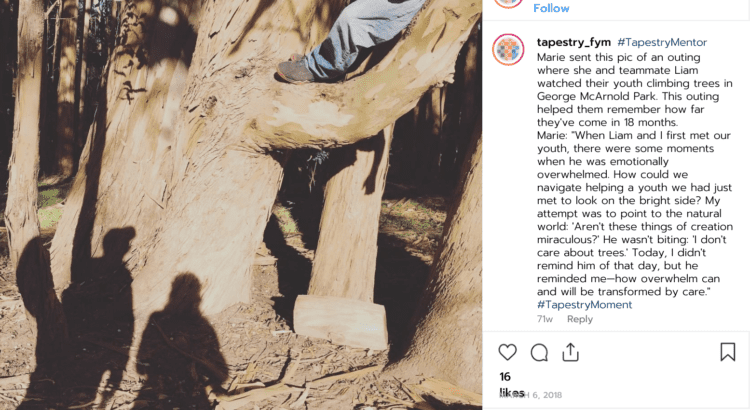Chapter 3 feels like the episode that got away from me a bit. At least that’s how I’m still hearing it.
Even with good strategies for how to say “no” to a particular idea or piece of tape, I think it was natural that one episode before the big finish would become the repository of “everything else.” There is, I confess, a lot going on in the penultimate chapter of Becoming Tapestry.
But there was a theme to the “everything else.” I think what helps this story about “empathetic engagement” shine is that it’s the place where I got very honest about what didn’t go well in my studies.
In pretty much every research project I’ve ever participated in, there’s been at least one crisis moment that helped clarify the issues and stakes on the table. Usually the precipitating event raises a flaw in the design.
I wish more researchers could be more transparent about these moments, rather than framing their studies as having been flawlessly designed from the beginning. So this story part of the story is where I get honest about my mistakes—and especially what I learned from them.
I won’t spoil the various sources of tension, and how they resolved, in this little preview post. I will say that this is the episode about how I learned to stop worrying about timelines and love the process.
Ethnography works because you get deeply embedded in a field site—complexly enmeshed in the network of relationships and stories unfolding in/as the space. We simply cannot rush these relationships.
But since many of us are likely to try anyway, we better have some mechanisms in place for recognizing when that’s happening, for helping us pump the brakes when we do, and for reflecting on what these little mini-failures are telling us.
The failures I chronicle in this episode helped me understand more deeply how Tapestry works, and especially how to be a more just researcher.
It wasn’t easy telling this part of the story, and that’s probably exactly why it needs to be here.
